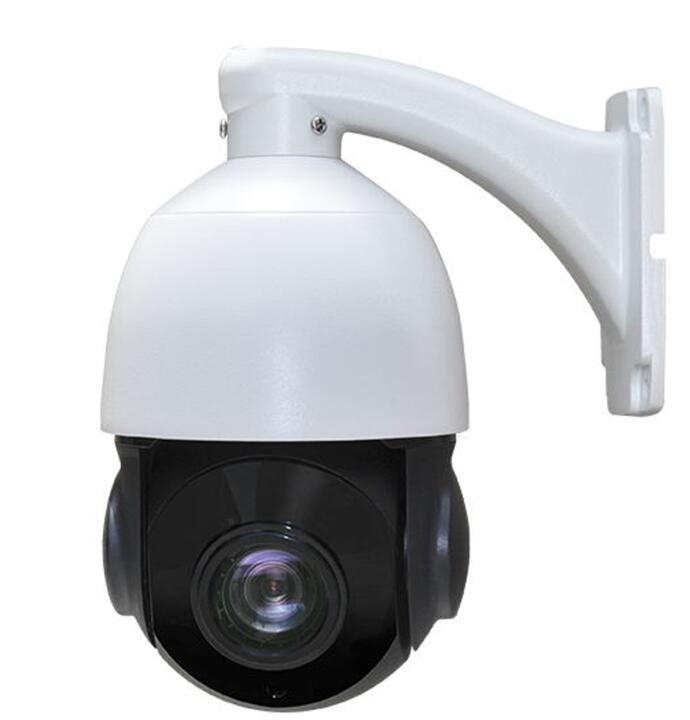We may have ever seen the PTZ Camera/ PTZ Camera Outdoor/ PTZ Webcam HD/ PTZ Camera Night Owl/ PTZ Network Camera/ Pan Tilt Zoom Outdoor Network Camera in our daily life, but can't recognize it or don't know its name. Today let me introduce the PTZ Camera for you. PTZ Camera refers to the camera with the PTZ, so what is the PTZ?
What is the PTZ?
PTZ, the abbreviation of Pan/ Tilt/ Zoom, is the supporting equipment for installing and fixing cameras. PTZ can be divided into two types: the Fixed PTZ and the Electric PTZ. The Fixed PTZ is suitable for the situations where the surveillance range is not large. After the camera is installed on the fixed pan/tilt, the horizontal and tilt angles of the camera can be adjusted. After reaching the best working posture, just lock the adjustment mechanism. Motorized PTZ is suitable for scanning and monitoring a large area, it can expand the surveillance range of the camera. The high-speed attitude of the electric pan/tilt is realized by two executive motors, and the motors receive signals from the controller to operate and position accurately. Under the action of the control signal, the camera on the PTZ can automatically scan the surveillance area, and can also track the surveillance object under the control of the staff on duty in the surveillance center.
The classification of the PTZ
According to the characteristics of the PTZ's rotation, the PTZ can be divided into the horizontal rotating PTZ that can only rotate left and right, and the all-round PTZ that can rotate not only left and right but also up and down. Generally speaking, the horizontal rotation angle is 0°~350°, and the vertical rotation angle is +90°. The horizontal rotation speed of the constant-speed PTZ is generally 3°~10°/s, and the vertical speed is about 4°/s. The horizontal rotation speed of the variable-speed PTZ is generally 0°~32°/s, and the vertical rotation speed is about 0°~16°/s. In some high-speed camera systems, the horizontal rotation speed of the PTZ is as high as 480°/s or more, and the vertical rotation speed is more than 120°/s.
In fact, the PTZ, composed of two AC/DC motors, is an installation platform, which can move horizontally and vertically. The PTZ applied to the monitoring system can be controlled the direction of rotation and movement remotely through the control system, which is different from the PTZ( just a tripod, which can only be adjusted by hand) in the photographic equipment.
In conclusion, I hope that the introduction about the PTZ can help you better understand the PTZ Camera.

In conclusion, I hope that the introduction about the PTZ can help you better understand the PTZ Camera.
PTZ Camera, PTZ Camera Outdoor, PTZ Webcam HD, PTZ Camera Night Owl, PTZ Network Camera, Pan Tilt Zoom Outdoor Network Camera
SHENZHEN SANAN TECHNOLOGY CO.,LTD , https://www.sanan-cctv.com